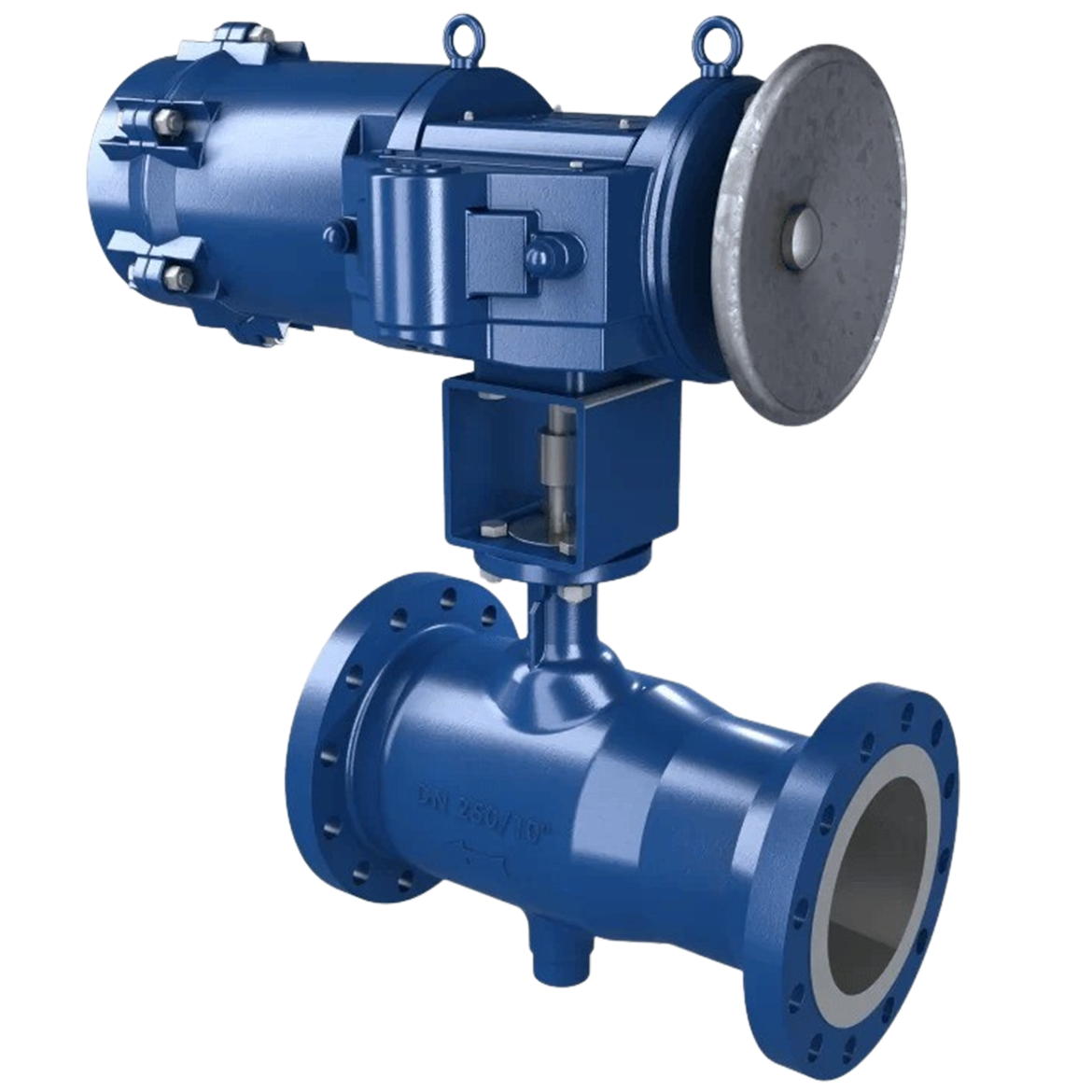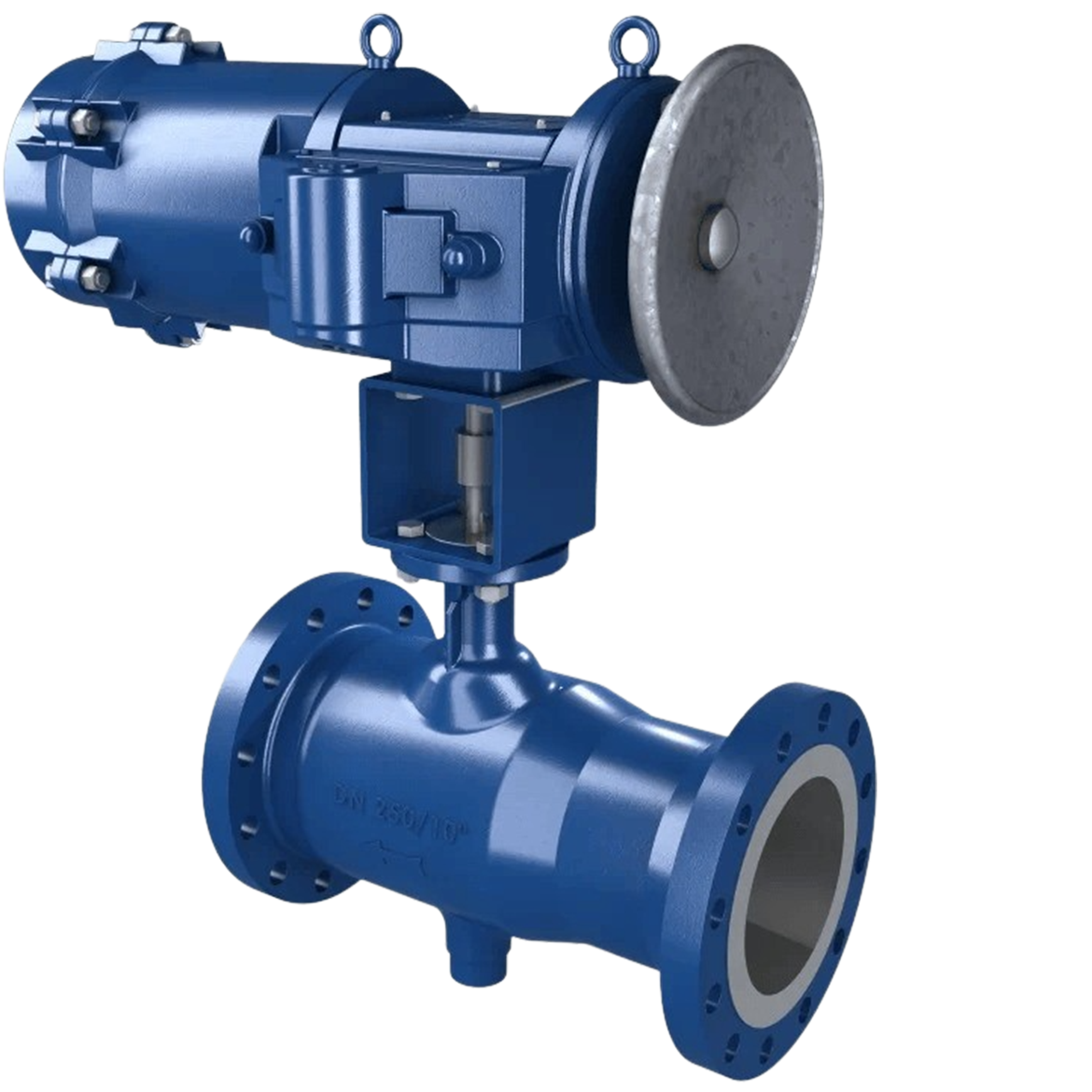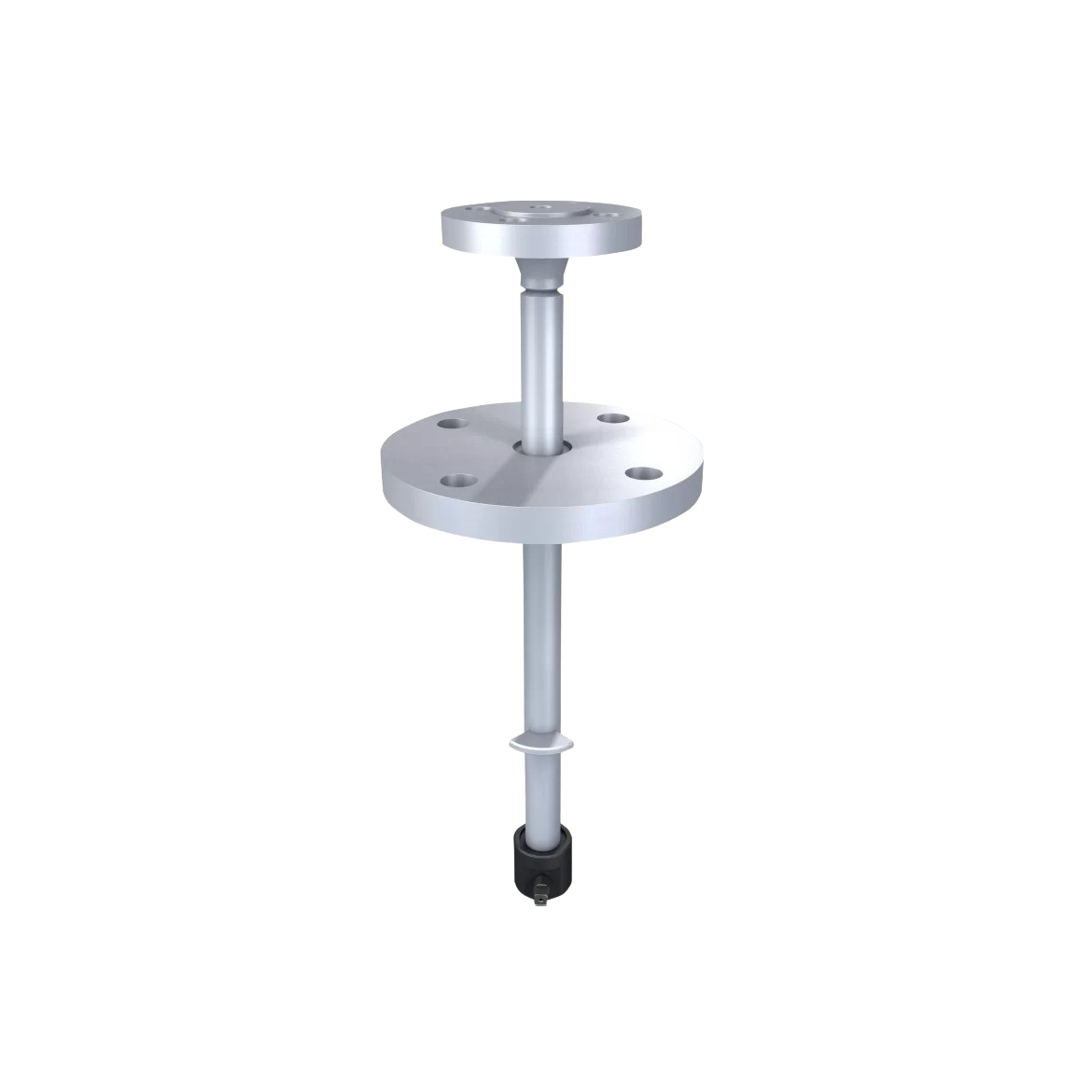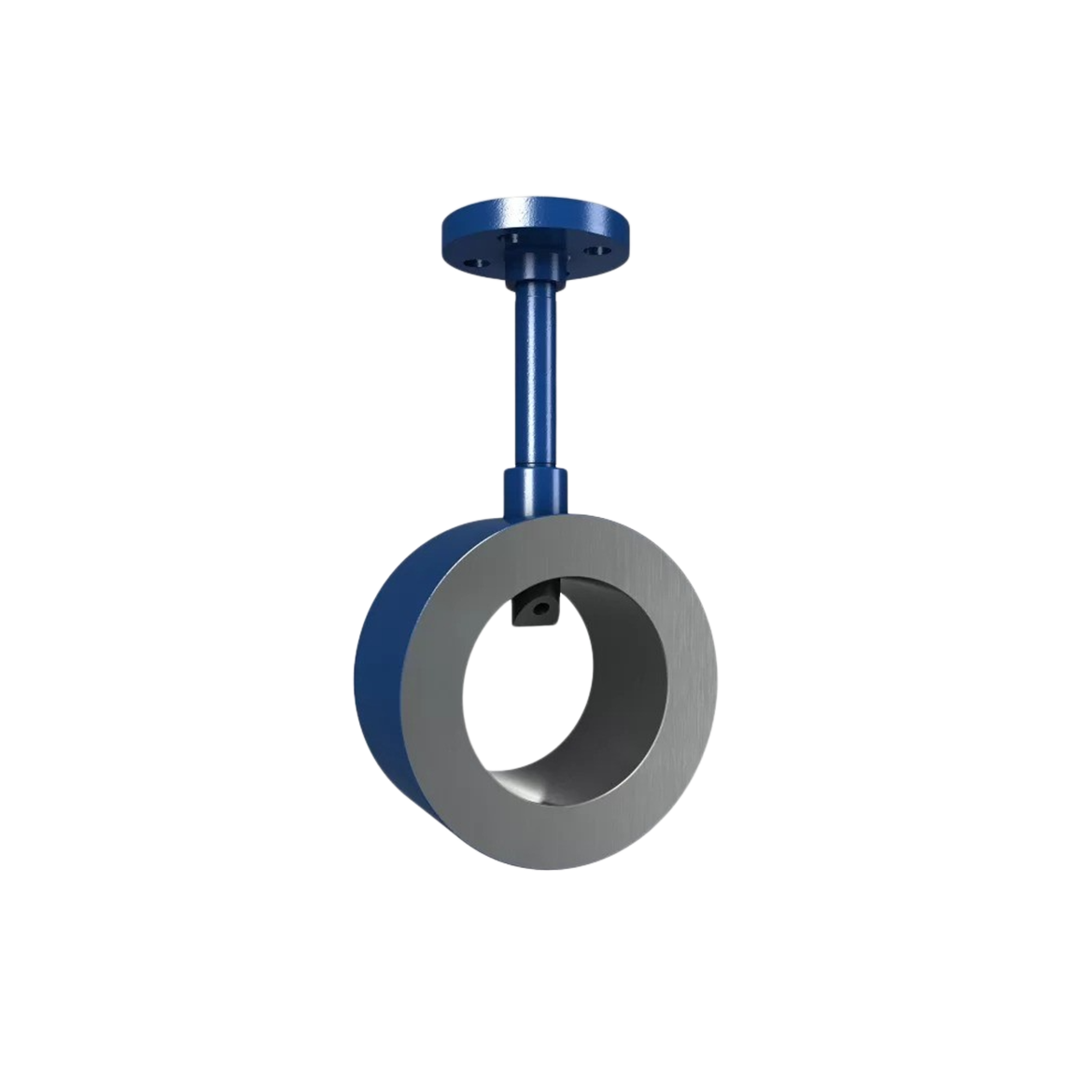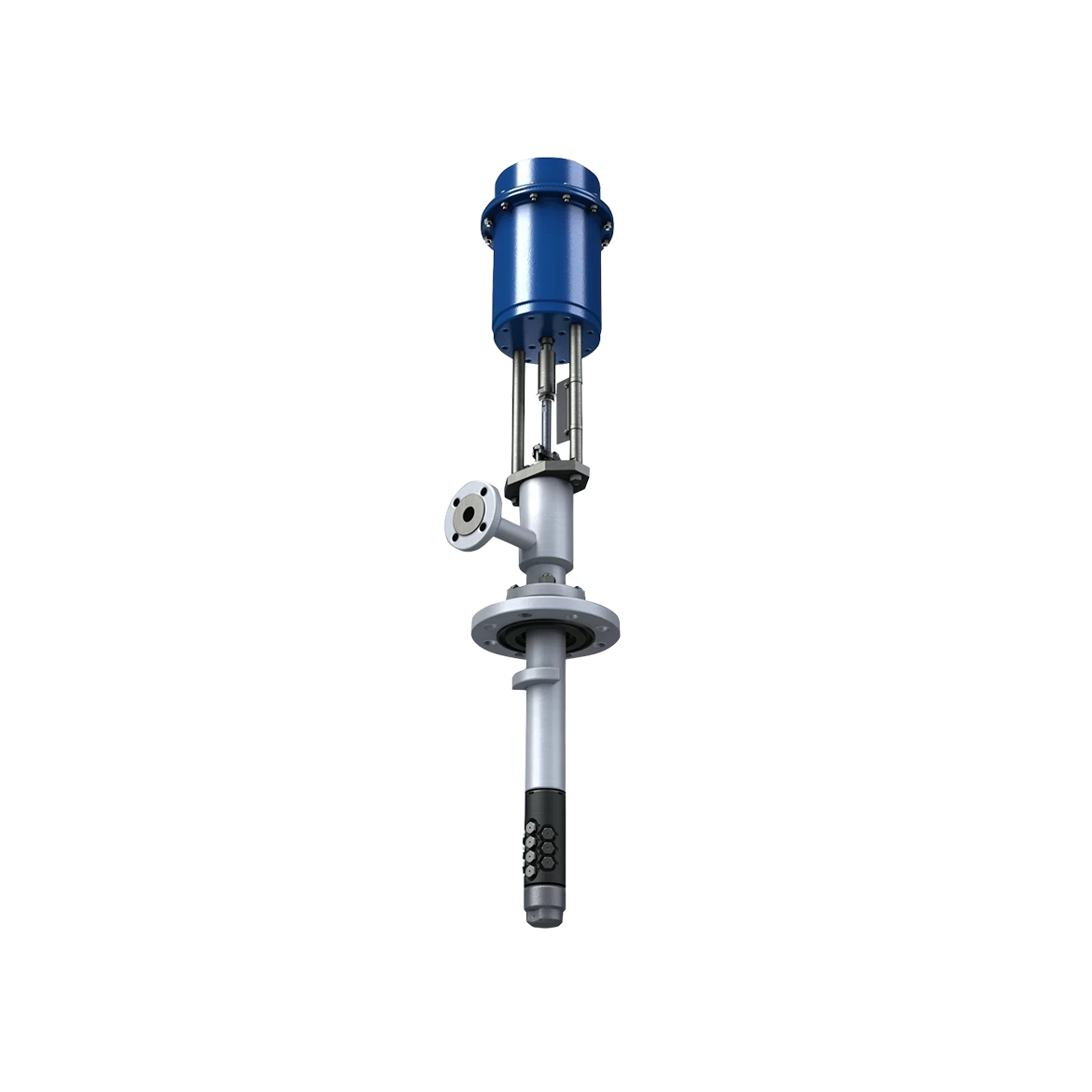How do rotary plug control valves work?
Rotary plug control valves work by rotating a cylindrical or tapered plug inside the valve body to regulate flow. As the plug turns, a port or passage within it aligns with the flow path, allowing precise control of fluid rate and pressure while maintaining tight shut-off and smooth operation.
Advantages of rotary plug control valves...
• Compact design with high flow capacity
• Precise throttling and control performance
• Tight shut-off reduces leakage and maintenance
• Smooth, low-friction operation extends lifespan
• Handles clean, dirty, or viscous fluids reliably
• Suitable for high-pressure and high-temperature use
• Precise throttling and control performance
• Tight shut-off reduces leakage and maintenance
• Smooth, low-friction operation extends lifespan
• Handles clean, dirty, or viscous fluids reliably
• Suitable for high-pressure and high-temperature use
Technical Parameters:
PN10, PN16, PN25, PN40, PN63, CL150, CL300, CL600, CL900, CL1500
-40°C to +600°C (depending on material and trim selection)
DN25–DN600 (1″–24″) standard; larger sizes available on request
Stainless Steel, Carbon Steel, Alloy Steel, Bronze, Duplex, Inconel, Hastelloy
Industry Application:
Media Type:


